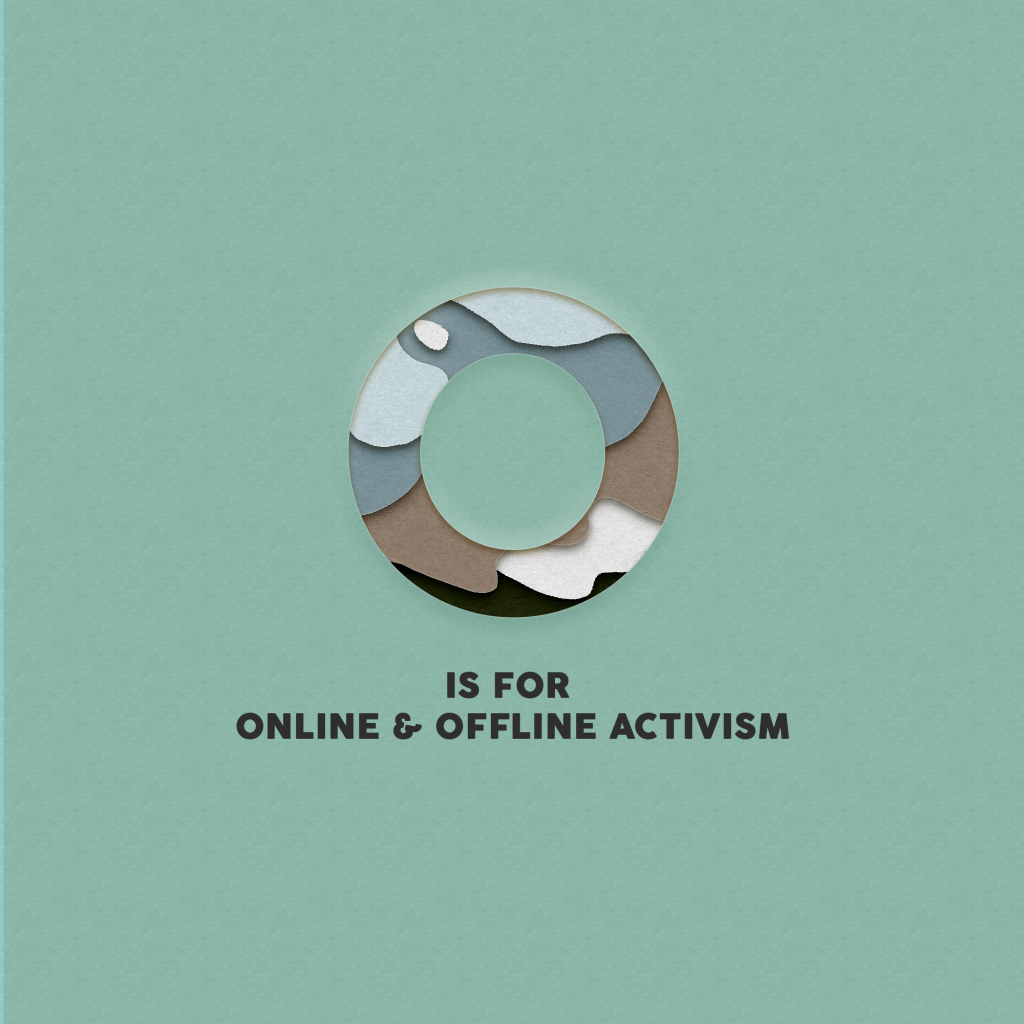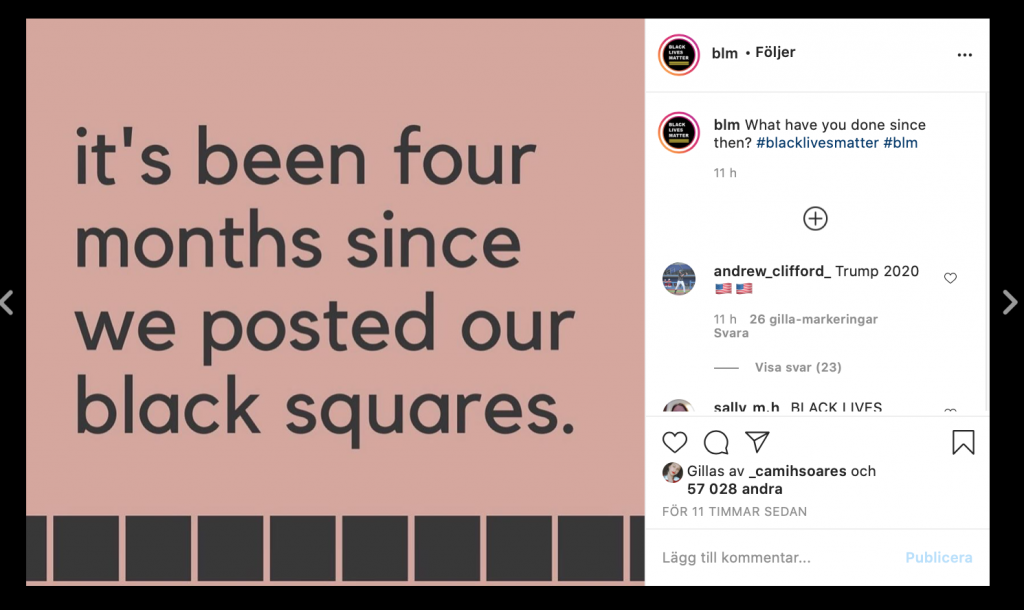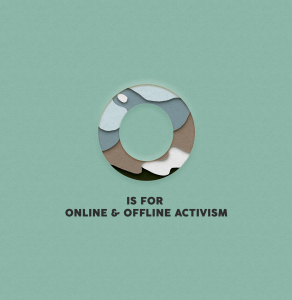Black Lives Matter isn’t the first social movement to engage an international audience, create political and public engagement by using social media. Both the Fridays for Future movement (with Greta Thunberg in the lead), the Arabic Spring and #IWillGoOut have led the way in showing how social media can engage and mobilize activists for protests at the same time as raising awareness to the general public.

Starting out mainly as a tool to mobilize activists to participate in protests, the BLM-movement also uses social media as an educational tool, teaching the general public about structural racism and what they can do to help support the cause. Mobilizing activists and organizing mass protests has been beneficial in the movement’s quest to gain (international) media attention and contribute towards opinion building and political change, forcing political statements and discussion. As the movement has spread, the importance of spreading knowledge about structural injustice has outshined giving credit to the movement, yet it has often been shared with hashtags related to the movement.
Around the same time as the number of protests peaked this summer we saw an uprising in black squares shared on social media, in particularly on Instagram. Some also took on a mission to further educate their following on structural injustices and racism. And using social media to do so has created a new type of influencer. One of these is TNVKRT, an Instagram account run by Swede Danny Lam with the purpose to expose social injustice. The big difference between these niched accounts and lifestyle influencers is perhaps the audience. When Ariana Grande, with 204 million followers, shared a post about protests and how to help the BLM-movement it obviously reached a large crowd that perhaps don’t already have an interest in social injustice issues, while the ’social injustice’-influencer reaches an audience that already has an interest. And the fact that so many of us, and so many influencers, shared content about the movement says something about the importance of the cause.
However, pushing through social change isn’t as easy as sharing content to a large crowd. Not only is it hard to stand out among the millions of posts daily, but the technologies are designed by a few people in the global North and are somehow still expected to be useful for all of humanity. Run by artificial intelligence, social media is proven to be biased and can well be ‘manipulated’ (read: simply used) to promote or demote certain movements, causes or political aims.

So what has happened since we posted our black squares four months ago? Well, the BLM-movement has evidently led to change. As protests and squares shared peaked it became a part of dinner conversations globally and it is safe to say that the combination of social media shares and physical protests have created a discussion, established an attitude change and pushed through some political change.
“We appear to be experiencing a social change tipping point — that is as rare in society as it is potentially consequential.”
– Douglas McAdam
Recent polls show that a majority of Americans supported the Black Lives Matter movement in October 2020 and have since early 2018, but that isn’t the only attitude change. 76 percent of Americans consider racism a ’big problem’ today compared to 50 percent in 2015 and 78 percent of voters in a poll thought ’the anger behind the demonstrations’ was fully or somewhat justified.
The change in numbers might seem small but creating social change isn’t an easy job. Douglas McAdam, an emeritus professor at Stanford University who studies social movements says: “It looks, for all the world, like these protests are achieving what very few do: setting in motion a period of significant, sustained, and widespread social, political change,”
And the protesters have indeed also been able to push through political change in the US. Some schools around the country have discontinued agreements with the police patrolling schools, in parts of the country police are now not the first to respond to certain situations, funding has been shifted from police to other community and social services. Several police officers that have been filmed using force against protestors are being investigated, the CEOs of some companies have stepped down after staff complaining about a ‘racist company culture’ and some cities and universities have removed monuments of slave owners or known racists.
What do you think has played a part in the success of the BLM-movement?

